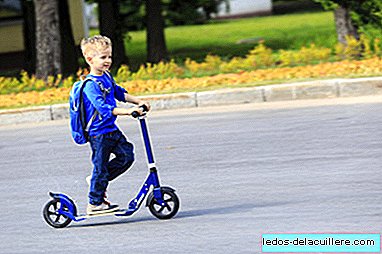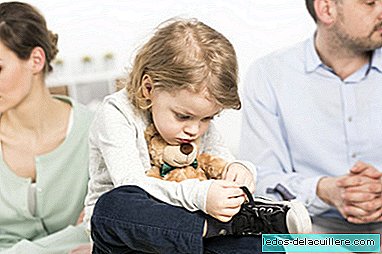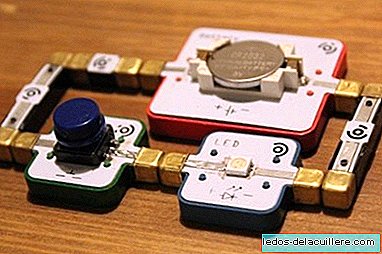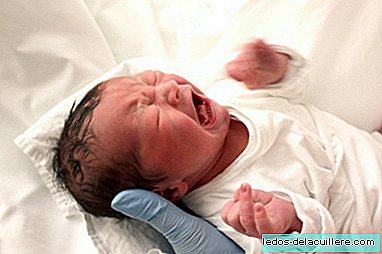
The street has become a dangerous place for children to the point that in a city it is practically impossible to hear about "I'm going to play in the street". However, something is changing in recent years.
Some cities (still few) take into account the smallest, who are the citizens of the future, when planning their development. In Pontevedra, the influence of psychologist Francesco Tonucci has been key when it comes to recovering The street for children.
To school, walking
In Pontevedra, most children can walk (alone) to school. A school road has been drawn up by the Local Police in which everyone participates so that children arrive safely at school: local merchants, elderly people who watch the crossings, the school community ...
As one of the great enemies of the safety of children in the cities is cars, the speed of cars has been limited to 30 kilometers per hour and their circulation in the historic center has been restricted. Thanks to this, more than 60% of polluting emissions have been reduced in this city and The number of pedestrian deaths in its streets has been reduced to 0.
An exceptional advisor
Behind these ideas is the restless mind of Francesco Tonucci, Italian thinker, psychopedagogue and cartoonist who has been denouncing for decades that "cities have become hostile to all those who are weak. They are tailored to a model citizen, strong, adult, man and worker."
The solution is to make a city accessible to everyone and, therefore, also to children. School roads one step further towards the goal that children can safely play in the streets again. This thinker conceives the street as a space for experimentation, where to discover what the world is like and interact with their peers
The idea is part of a broader concept. Tonucci believes that the experiences that children have in their spare time complement the work done in the classroom. Therefore, if children spend the afternoon doing homework at home or playing with the game console, what will they be able to contribute to their classmates the next day?
More examples
The good thing is that after the success obtained in this Galician city, the model has been replicated in cities such as Gandia, El Prat de Llobregat or Alzira and the trend in urban planning is towards the pedestrianization of cities, as in Madrid, where it has been announced the closure to private traffic of the entire downtown district as of February 2019.
Another example is the UNICEF Child Friendly Cities program, which distinguishes municipalities that develop measures for the well-being of children defending their rights, encouraging their participation and making cities more livable environments. In Spain we already have 120 Child-Friendly Citadel.
Kinder cities, community participation and that parents relax and not overprotect our children. They are the keys for children to say that again: "Mom, I'm going to play in the street!"
Via El Pais
In Babies and more Going to school on foot is safe if the road is safe, Children alone in the street from what age?












